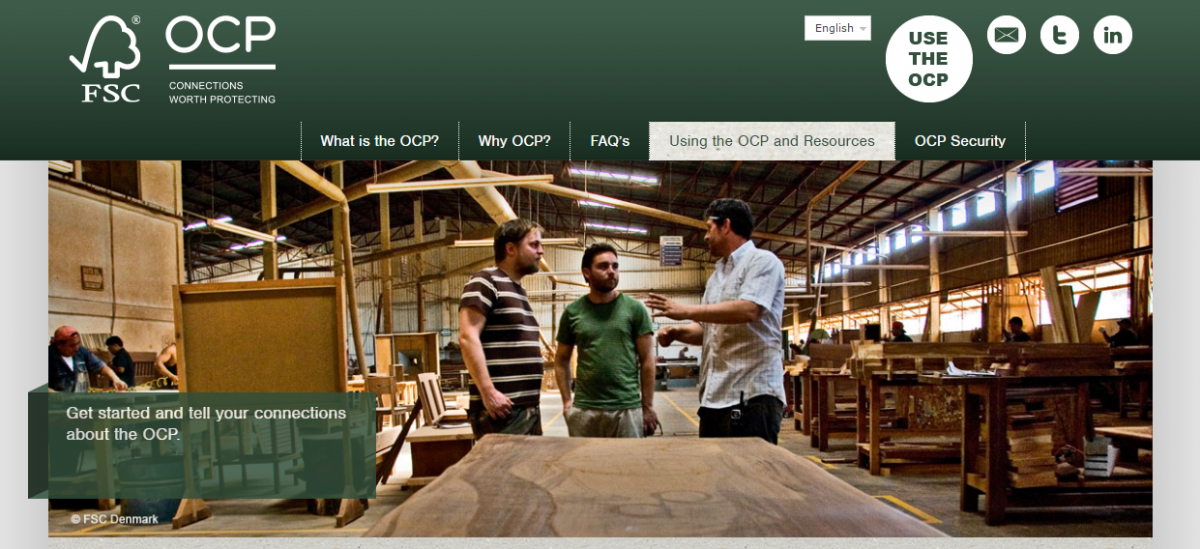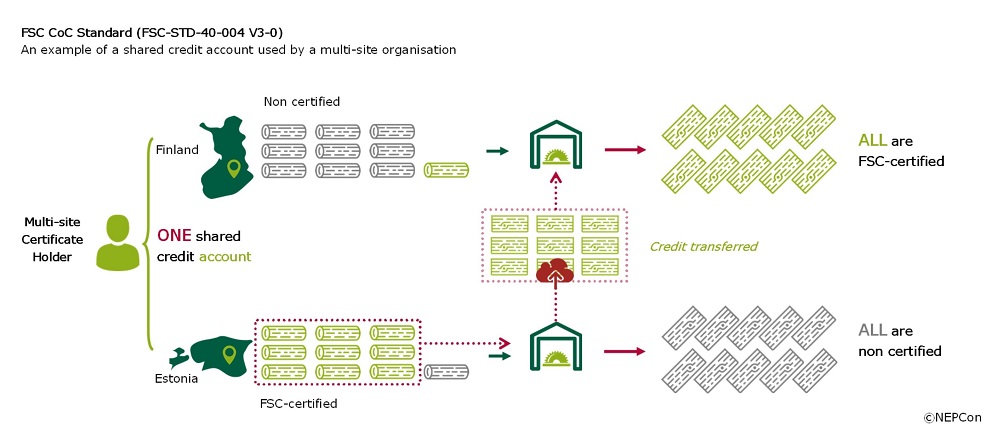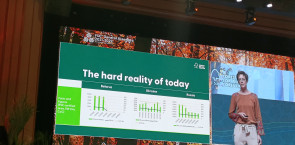
FSC has published a revised version of its Chain of Custody (CoC) Certification Standard (FSC-STD-40-004 V3-0), after more than two years of development and several public consultations. This article provides an overview of the main changes that Certificate Holders should be aware of.
Existing Certificate Holders can choose to switch to follow the new standard as soon as it comes into force on 1 April 2017. By the end of the transition period – 31 March 2018 – all companies must be audited against the new standard.
This standard is applicable to all organisations that manufacture, process or trade FSC-certified products.
Summary
- You need to provide samples of FSC transaction data when requested by your Certification Body.
- If you’re a multi-site organisation and you use the percentage or credit systems, the calculation may be done on the multi-site level, as long as you meet certain conditions.
- If you’re producing products with an FSC Recycled claim, they need only contain 70% post-consumer recycled material instead of 85%.
- If you’re using the credit system, your credits will expire after 24 months instead of 12.
- FSC’s advice notes and clarifications are now all included in the standard itself.
New transaction verification requirements
The new standard specifies that Certificate Holders shall help their Certification Body and the FSC oversight body, Accreditation Services International (ASI), verify their transaction data, by providing them with samples of these data.
With more than 30,000 certified businesses around the world, one of the potential issues with the FSC system is products wrongly being claimed as FSC material. As such, transaction verification methods were at the centre of various public consultations on this standard. The Online Claims Platform (OCP), initiated by FSC in 2014, was seen as a potential solution to help close this gap. Surprisingly, neither the OCP nor any of the other alternatives were mentioned in the final version of the standard. The use of the OCP is therefore still voluntary for Certificate Holders.
FSC is currently in the process of testing various methods to verify FSC claims. These include further testing the OCP in selected high-risk supply chains and exploring the feasibility of digital claims and blockchain technology. When this research is completed, FSC may issue new rules.

New multi-site rules
One of the bigger changes to the new standard is that multi-site organisations that use the percentage or credit systems may now carry out the calculation over the multi-site area, providing all sites
- produce the same product groups.
- are all in the same country or the Eurozone
- use the same integrated management software
- should produce at least 50% of their output as FSC-certified if using the percentage system or should contribute at least 10% of the input credits in a 12-month period if using the credit system.

This change results from a pilot project which showed clear benefits of cross-site percentage and credit calculations. A company which has several sawmills in one country or the Eurozone, for example, will now be able to have a shared credit account and “move” credits from one site to another. For example, a company with sawmills in, say, Finland and Estonia, would be able to move credit from Estonia, where they have a high share of certified input, to Finland, where they may have more limited access to certified logs.
FSC will monitor the implementation of the multi-site requirements and re-evaluate them after two years.
Minimum of 70% post-consumer input in FSC-labelled recycled wood products
Products now need to contain at least 70% post-consumer recycled material (with the rest being made from pre-consumer reclaimed material) in order to be labelled as FSC Recycled. This is a reduction of the previous threshold of 85%, and brings the recycled threshold into line with the threshold required for FSC Mix products.
Refined credit system and product group requirements
The changes here include:
- a clarification of credit accounting for assembled products which have inputs of different qualities. These products will no longer have to have separate credit accounts for the inputs in order to be sold with an FSC Mix Credit claim. Instead, one credit account will be able to cover all assembled products as long as the high quality components do not make up more than 30% of the final product (by weight or volume). This means credits may be transferred from one component to another which does not have any credits.
For example, imagine you are making a flooring product with a base that was made from solid sawn timber which is widely available as FSC-certified and a veneer that was only sometimes available as FSC Controlled Wood. You would be able to use credits from your sawn timber input to cover the veneer part of the product, providing that the veneer does not constitute more than 30% of the overall product.
- an extension of the credit accounting period, so that credits now expire after 24 months instead of 12.
Advice notes and standard interpretations merged
Information on FSC requirements is contained in the standard, directive and interpretation sections of their website. Now, FSC has made it easier to find information by merging all these documents into the standard. However, it is quite likely that new standard will require new interpretations and advice notes.
You can download the new FSC CoC Certification Standard (FSC-STD-40-004 V3-0) and related documents here.
FSC will be holding webinars in English and Spanish in February and March 2017 in order to help people learn more about their new standard. You can register for one of these webinars on the FSC website.






